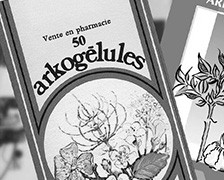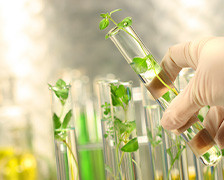Six fruits and plants that are high in vitamins

Six fruits and plants to remember to fill up with natural vitamins

Amla (Phyllanthus emblica)
This tree originating from Asia bears a fruit called the “Indian gooseberry”, characterized by its natural richness in vitamins C and B6, and chromium. It is widely used in Ayurvedic culture to strengthen the body.
Acerola (Malpighia emarginata)
Acerola, a tree that grows in the dry forests of Central and South America also bears one of the richest fruits in vitamin C! It also contains vitamins A, B6 and B1 as well as minerals: phosphorus, iron, magnesium and calcium. A real concentrate of energy.


Lemon (Citrus limon)
The lemon is also one of the fruits particularly rich in vitamin C and antioxidants. Ideal for stimulating our immune defenses and warding off winter aggressors likely to lay us low, for example. Not to forget that the whole of this citrus fruit can be eaten: its pulp and its zest!
Guava (Psidium guajava)
Fruit of the guava tree, native to South America, where it was prized by the Incas, the guava brings color and variety to the plate. But also an abundance of vitamins: A, B, C to start with. And even some calcium.


Holy basil (Ocimum sanctum)
Also known as Tulsi, holy basil is cultivated on the Asian continent but also in northern South America, the West Indies and Africa. As well as for its protective properties in phytotherapy Ocimum sanctum has also been used for thousands of years in religious rituals.
Curry tree (Murraya koenigii)
Also from India, the Murraya koenigii plant—or curry leaves or Pokok kari (Daun kari)—is not only used as a traditional spice in food. It also contains a wealth of protective and antioxidant ingredients. In other words, ones that act against the premature aging of our cells.





